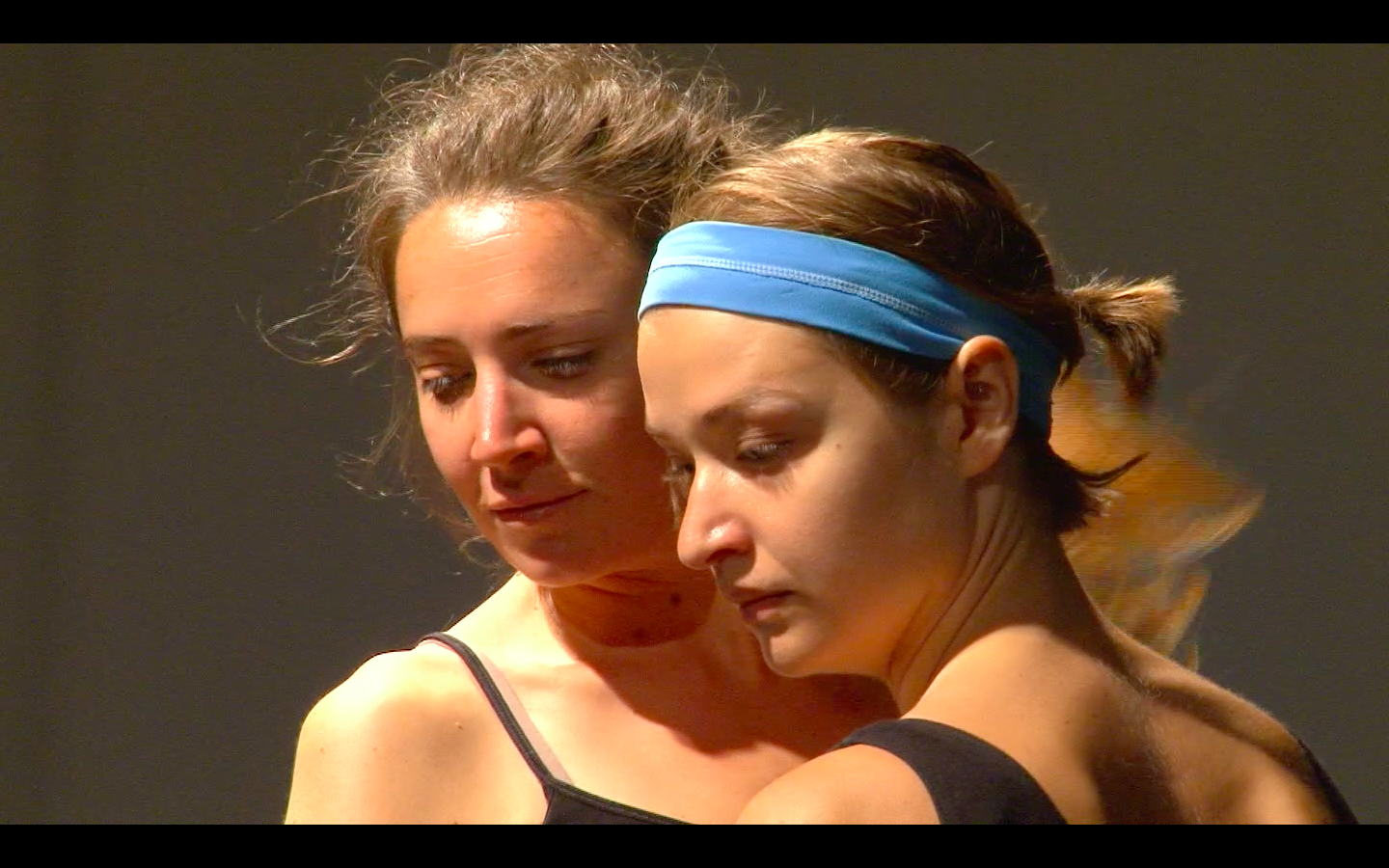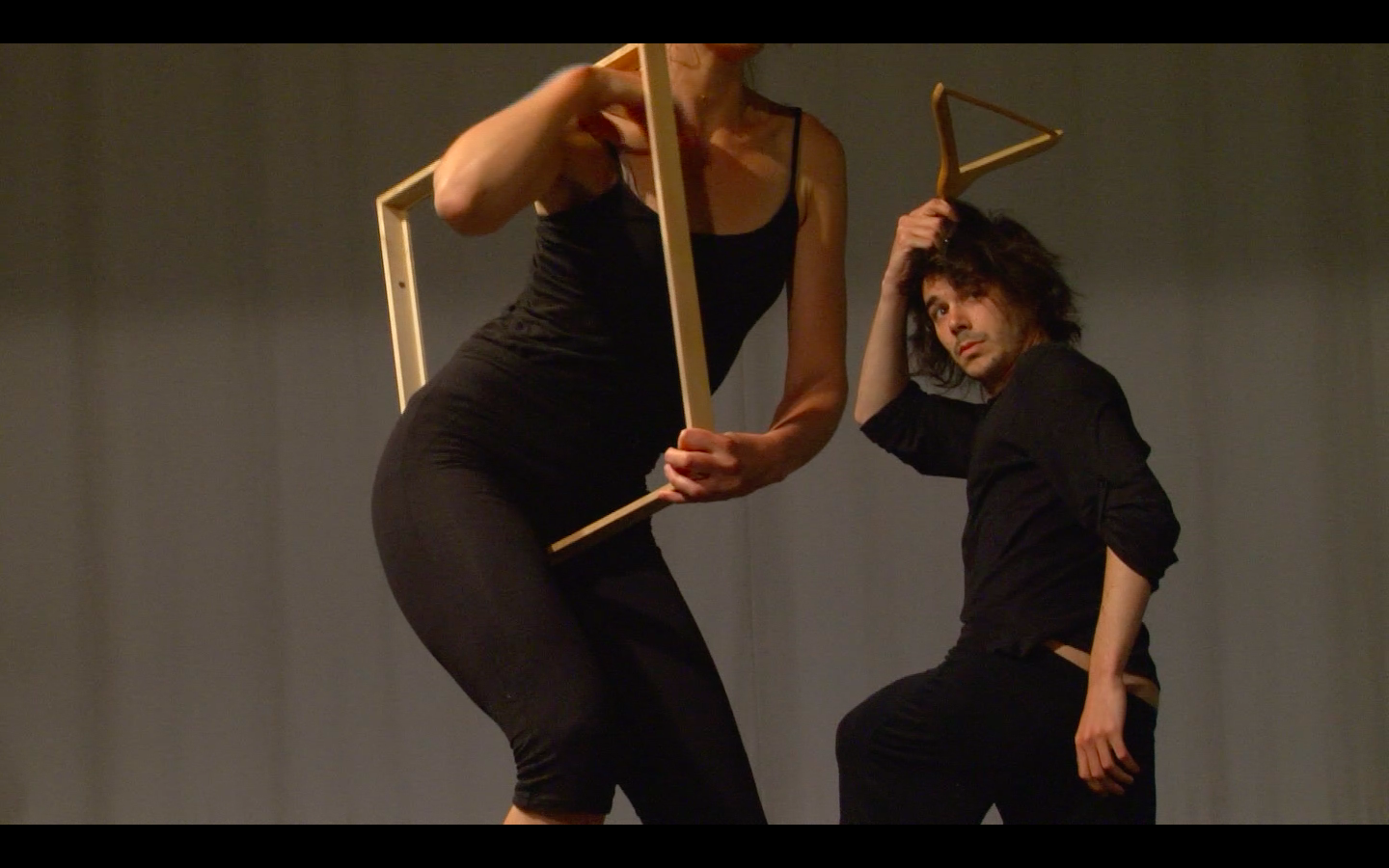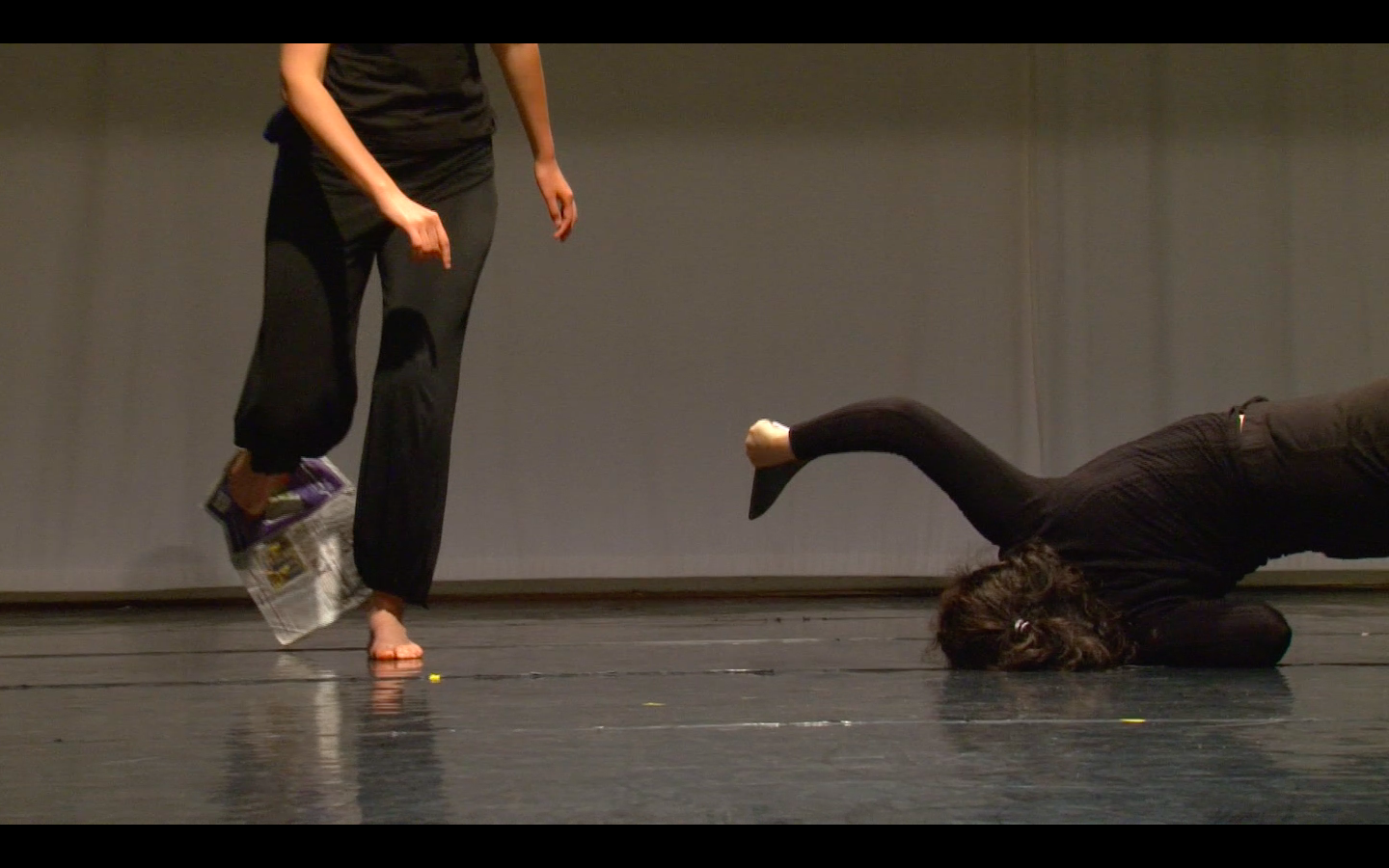The project The Body’s Journey is the fruit of more than 20 years of experience in the theatre field (training, university research, teaching, devising). It concentrates on the fusion of two contemporary techniques for the actor/dancer training: The Organic Lineage research initiated and developed by Jerzy Grotowski and then by Eugenio Barba and his collaborators (Theatre Anthropology); and the Corporeal Mime of Etienne Decroux. These different techniques find a commonplace in that they both develop through the actor/dancer the sense of scenic presence and autonomy as an author/performer/creator.
The exercises of the organic process liberate the energetic flux from the spinal column, and propagate to transform the physical body. The actor/dancer thus develops a concentration and identifies with his physical, emotional and mental centers. Instead of searching for a specific expression, the actor/dancer plunges into a real process of organic research, which in turn becomes an artistic expression. The corporeal movements are initiated by impulses that are germinated from the interior of the body and develop within and throughout it. The research in theatre anthropology draws its inspiration from traditional theater from diverse parts of the world.
In the practice of Corporeal Mime, the actor/dancer finds the possibility of creating his or her own personal compositions in isolating different parts of the body, in mastering its articulations, and in playing with varying speeds, resistances and designs of corporeal movement.
The play and the joy of playing, and the improvisation are part of the listening and of the sharing. The research with materials, the acrobatics, the voice work (text and sing) and the exercises of awareness and awakening the interior are also part of our training work, research and creation.
Our project, The Body’s Journey, will guide actors/dancers on a road to self-discovery in order to explore new corporeal paths through the listening of impulses, abandoning of stereotypical and mechanical behaviors, and through the discovery and the respect of a genuine organicity inherent in the body. A corporeal work conducted with attention and sensibility allows the actor/dancer to develop an original language capable of communicating to a larger audience and to cultivate openness to one’s self and to others, recovered through the artistic training of theatre and performance throughout the ages and across cultures.
The practical work of Evania Reichert and Sergio Veleda on the correlation between the physical blockages of the body and the living movement enriches this new version of The Body’s Journey, as well as theoretical seminars by Daniela Carmona and Adriano Basegio on rhythm and the actor’s play; Gilberto Icle on the study of presence; Won Kim on the play and the weight of the counterweight of the modern world; and on the teachings of Gurdjieff today Serge Troude.
Pratice – with Leela Alaniz assisted by Won Kim
• Exercises of the Organic Lineage – research of organicity, energetic flux, opening the blockages of the body, and of the release.
• Exercises of attention and interior awakening
• Stage Presence
• Acrobatics, Contact improvisation
• Corporeal Mime – Technique Etienne Decroux – articulations, counterweights, dynamo-rhythm, intra-corporeal and inter-spatial causalities.
• Alexander Technique – relaxation and liberation of the articulations
• Work with objects
• Voice – corporeal resonators, text
• Improvisations, play
• Compositions, structure
• Final Project – Presentation
Practice – with Evania Reichet and Segio Veleda
Living Body, Contemplative Body
- The correlation between the physical blockages and the living movements is explored through a series of physical exercises in order to contact and release the obstacles for free movements of the body. Meditation and contemplation are also part of this work.
Theory:
Gilberto Icle: The Study on the Presence
- This lecture presents the Study on the Presence, highlighting the epistemological aspects for research on performance practices. It seeks to contextualize the research that gave rise to studies on presence, describing the Brazilian academic context in which it is emergent. This is to circumscribe the research on the analysis of the creative process by putting into perspective the connection between this process and the non-interpretative aspect of the research.
Daniela Carmona and Adriano Basegio: The Rhythm and the Actor’s Play – Space, Time and Composition
- The rhythm of the play. The body taken as an instrument of rhythm and sound origin of the drama. The dramatic sound quality and importance in creating climates, moods of the theater stage. Body percussion and with concrete objects, dance and elements of African and Brazilian rhythms in improvisation.
Won Kim: The Counterweights of Etienne Decroux in the Contemporary World
- Through the optic of three existential levels: the physical, the technical, and the poetic, the study of the decrousien Counterweight presents the possibility of going beyond the illustrative representation and the illusion with the practical understanding of poetic counterweights not only for the art of corporeal mime, but across all corporeal activities related to sports, performing arts, and political resistance.
Serge Troude: The Gurdjieff’s Teachings Today
- A historical retrospective on the career of research and teaching of Georges Ivanovitch Gurdjieff (1877-1949), who had a profound knowledge of Eastern ritual practices for the development of presence and then his desire to develop and adapt then that they could be used to contemporary man.


















